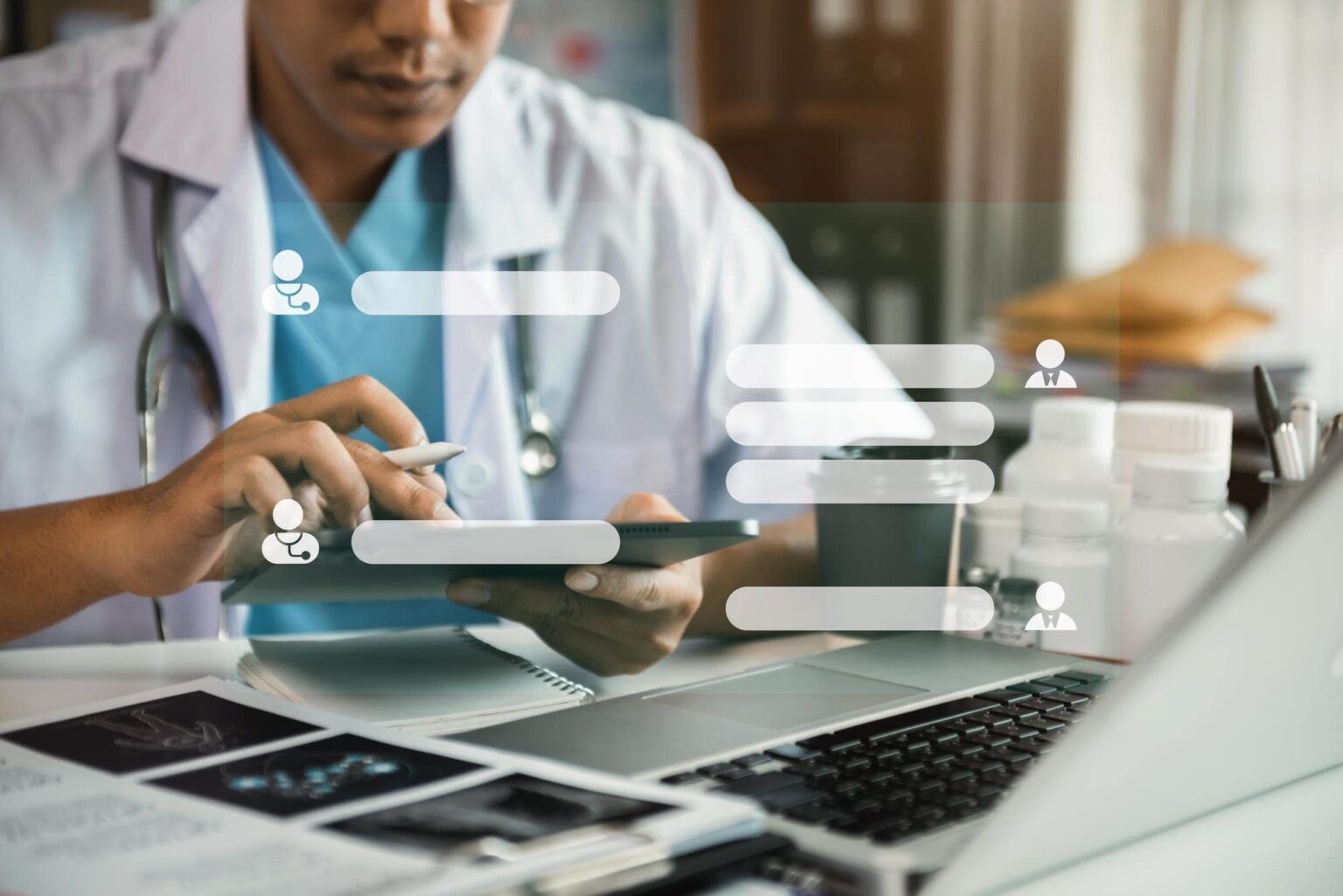The integration of telemedicine with Electronic Health Records (EHR) systems has proven to be valuable in streamlining care coordination and improving the efficiency of healthcare delivery. Here’s how the integration of telemedicine and EHR benefits care coordination:
Seamless Information Sharing: Integrating telemedicine platforms with EHR systems enables seamless information sharing between healthcare providers. Relevant patient data, including medical history, allergies, medications, and test results, can be accessed by providers during telemedicine encounters. This comprehensive view of the patient’s health information enhances the quality of care and supports informed decision-making.
Real-time Documentation: Through telemedicine-EHR integration, providers can document the details of telemedicine encounters directly into the patient’s electronic health record in real-time. This eliminates the need for manual transcription or delayed data entry, ensuring accurate and up-to-date documentation. Real-time documentation enhances care coordination as all involved providers can access the most recent information during subsequent encounters or referrals.
Care Continuity: Telemedicine-EHR integration supports care continuity by allowing healthcare providers to have a holistic view of the patient’s health information across different settings. This is particularly valuable when a patient transitions from a telemedicine encounter to an in-person visit or when referrals to other specialists are necessary. The seamless transfer of information ensures that the patient’s care is coordinated and uninterrupted.
Medication Management: Integration between telemedicine platforms and EHR systems improves medication management and reduces the risk of medication errors. Healthcare providers can access the patient’s medication list, update prescriptions, and conduct medication reconciliation during telemedicine encounters. This integration enhances patient safety by ensuring accurate medication information and minimizing adverse drug events.
Efficient Referrals and Follow-ups: Telemedicine-EHR integration simplifies the process of referrals and follow-ups. If a telemedicine encounter identifies the need for a specialist consultation or diagnostic test, the provider can initiate the referral process electronically within the EHR system. This ensures a smooth transition and timely coordination of care between different healthcare providers involved in the patient’s treatment.
Remote Monitoring Integration: In cases where remote patient monitoring devices or wearable sensors are used in telemedicine encounters, integration with EHR systems allows for seamless data transfer. Vital signs, health measurements, or other patient-generated data captured during telemedicine sessions can be automatically synchronized with the patient’s EHR. This integration facilitates ongoing monitoring, trend analysis, and proactive care management.
Analytics and Population Health Management: Integrating telemedicine data with EHR systems enables population health management and data analytics. Aggregated data from telemedicine encounters can be analyzed to identify trends, monitor outcomes, and inform healthcare policies. These insights support proactive interventions, resource allocation, and the development of evidence-based guidelines to improve population health.
Telemedicine-EHR integration enhances care coordination, improves patient outcomes, and streamlines healthcare workflows. It promotes efficient information exchange, facilitates continuity of care, and ensures that healthcare providers have access to comprehensive and up-to-date patient information. As telemedicine continues to grow, the integration with EHR systems will become increasingly important in optimizing care coordination and delivering high-quality, patient-centered care.



